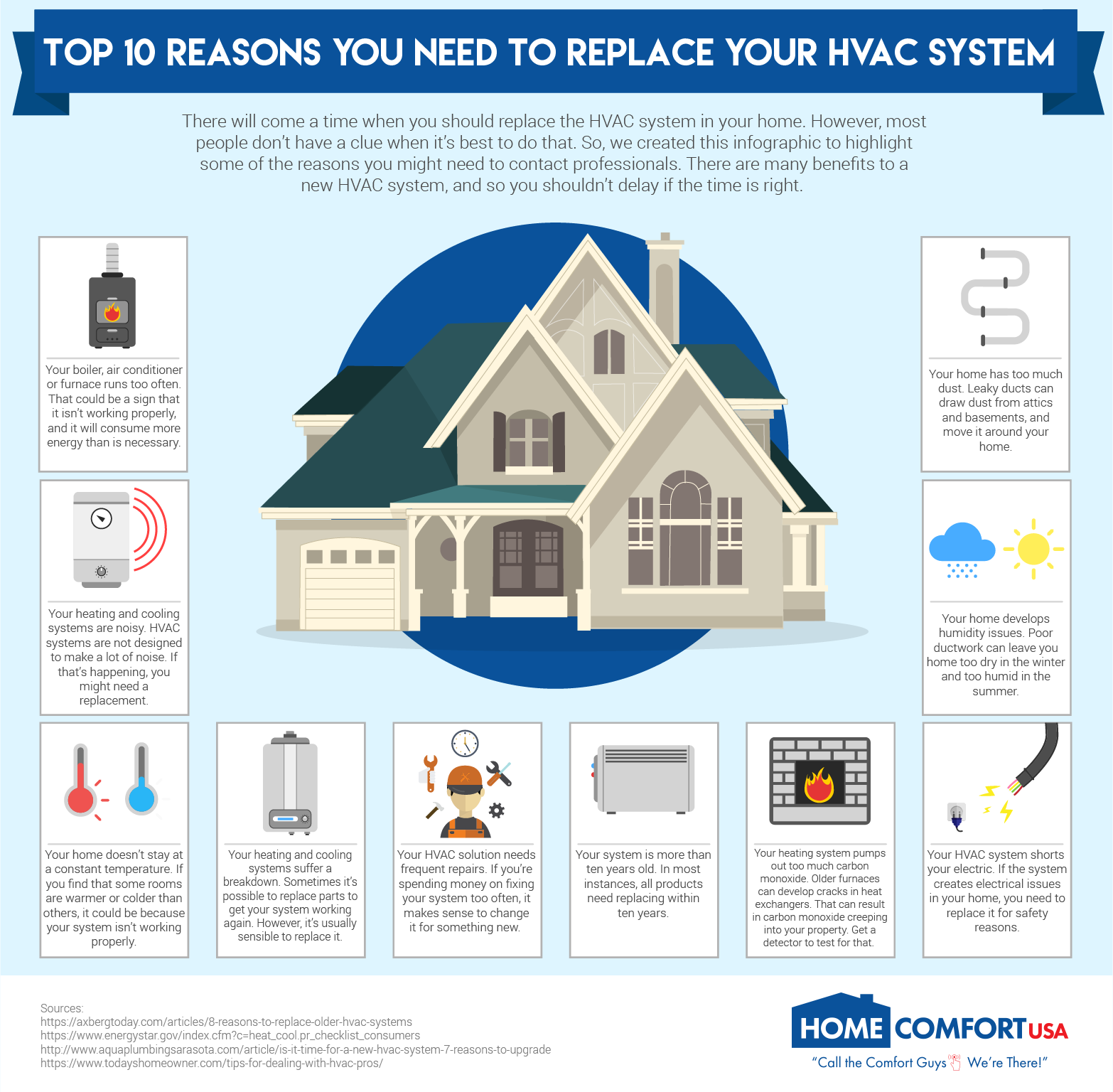The Ultimate Overview To Comprehending Heat Pumps - Exactly How Do They Function?
The Ultimate Overview To Comprehending Heat Pumps - Exactly How Do They Function?
Blog Article
Write-Up Writer-Hoppe Cates
The very best heatpump can conserve you significant quantities of money on energy costs. They can additionally help in reducing greenhouse gas exhausts, especially if you use electrical energy in place of fossil fuels like gas and heating oil or electric-resistance heating systems.
Heatpump function very much the like ac unit do. This makes them a practical choice to standard electrical home heating unit.
Exactly how They Work
Heat pumps cool homes in the summer season and, with a little help from electrical energy or gas, they provide several of your home's home heating in the winter season. They're a good alternative for individuals who wish to lower their use fossil fuels however aren't ready to replace their existing heater and a/c system.
They count on the physical reality that also in air that seems too chilly, there's still power existing: cozy air is constantly relocating, and it intends to move right into cooler, lower-pressure settings like your home.
Most ENERGY STAR certified heat pumps operate at near their heating or cooling ability throughout most of the year, lessening on/off cycling and conserving power. For the best performance, focus on systems with a high SEER and HSPF rating.
The Compressor
The heart of the heat pump is the compressor, which is also known as an air compressor. This mechanical moving gadget makes use of prospective energy from power development to increase the stress of a gas by reducing its volume. It is different from a pump because it only works on gases and can't work with liquids, as pumps do.
Climatic air enters the compressor via an inlet shutoff. It travels around vane-mounted arms with self-adjusting length that divide the interior of the compressor, producing numerous cavities of varying size. The blades's spin forces these dental caries to move in and out of stage with each other, pressing the air.
The compressor pulls in the low-temperature, high-pressure refrigerant vapor from the evaporator and compresses it into the hot, pressurized state of a gas. This procedure is duplicated as needed to provide heating or air conditioning as required. The compressor also contains a desuperheater coil that recycles the waste warmth and adds superheat to the refrigerant, transforming it from its fluid to vapor state.
The Evaporator
The evaporator in heat pumps does the exact same point as it does in fridges and a/c unit, altering fluid refrigerant right into an aeriform vapor that eliminates heat from the space. Heat pump systems would certainly not work without this essential piece of equipment.
why not look here of the system is located inside your home or structure in an indoor air handler, which can be either a ducted or ductless device. It includes an evaporator coil and the compressor that compresses the low-pressure vapor from the evaporator to high pressure gas.
Heatpump absorb ambient warm from the air, and afterwards utilize electricity to transfer that warm to a home or company in heating setting. That makes them a lot much more energy reliable than electrical heating units or heating systems, and due to the fact that they're making use of clean power from the grid (and not shedding fuel), they likewise create much less emissions. That's why heatpump are such great environmental selections. (In addition to a big reason they're coming to be so popular.).
The Thermostat.
Heat pumps are great options for homes in cool environments, and you can utilize them in combination with conventional duct-based systems and even go ductless. They're a terrific alternate to nonrenewable fuel source furnace or typical electric heaters, and they're more lasting than oil, gas or nuclear HVAC devices.
Your thermostat is one of the most essential component of your heatpump system, and it works very differently than a standard thermostat. All mechanical thermostats (all non-electronic ones) job by utilizing substances that change size with increasing temperature, like coiled bimetallic strips or the expanding wax in a car radiator shutoff.
These strips include two different sorts of steel, and they're bolted together to form a bridge that finishes an electrical circuit attached to your heating and cooling system. As the strip gets warmer, one side of the bridge broadens faster than the other, which causes it to flex and signal that the heater is needed. When the heat pump is in home heating setting, the reversing shutoff turns around the circulation of cooling agent, so that the outside coil currently operates as an evaporator and the indoor cyndrical tube ends up being a condenser.